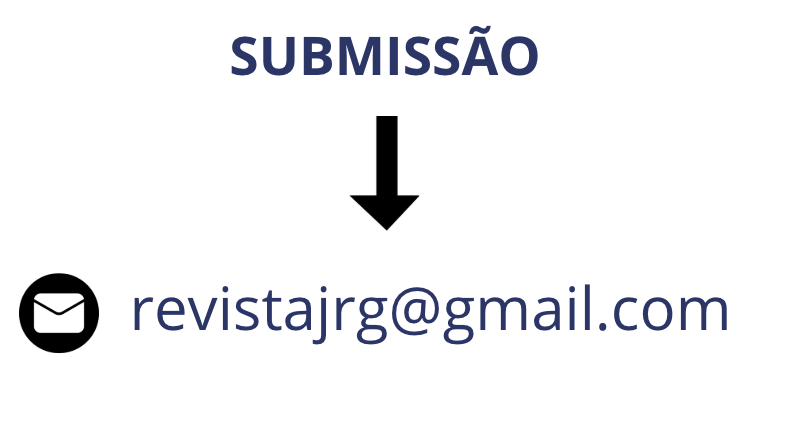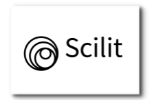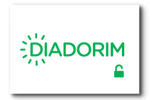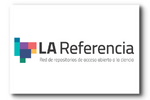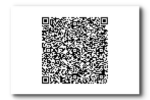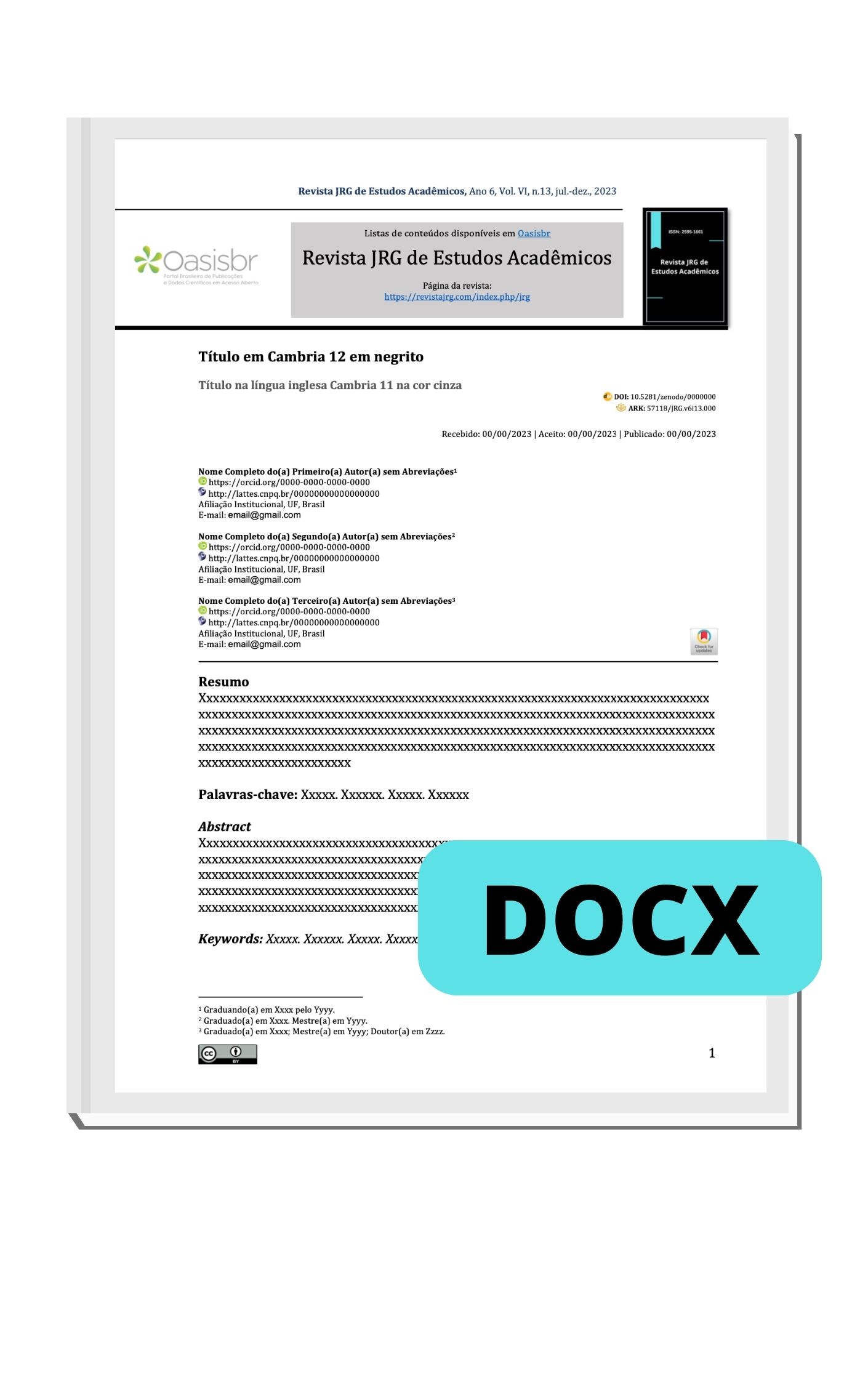Digital technology and ADHD symptoms: what is the relationship?
DOI:
https://doi.org/10.55892/jrg.v8i18.2166Keywords:
Attention Deficit Hyperactivity Disorder, Screen Time, Information Technology, Child, AdolescentAbstract
The increasing use of digital technologies by children and adolescents has been identified as a potential factor in the intensification of Attention Deficit Hyperactivity Disorder (ADHD) symptoms, particularly due to its effects on behavior, sleep, and neurological development. In this context, it is relevant to understand the possible interfaces between problematic screen use and the manifestation of ADHD symptoms. This study aimed to analyze the available evidence regarding the relationship between digital technology use and ADHD symptoms in children and adolescents. It is an integrative review based on 15 articles published between 2019 and 2023, selected from the PubMed and ScienceDirect databases, using predefined inclusion and exclusion criteria. The analysis revealed a significant association between excessive screen time and the worsening of inattention, hyperactivity, and impulsivity symptoms, with inadequate sleep, baseline impulsivity, and alterations in inhibitory control neural networks being frequent mediators. Some studies also suggested the influence of shared genetic factors. Although divergent findings exist, the body of longitudinal evidence, mediation analyses, and neuroimaging data supports the hypothesis that dysregulated technology use is a behavioral risk factor. It is concluded that excessive exposure to digital media may contribute to the exacerbation of ADHD symptoms, and the adoption of preventive and educational strategies is recommended, such as screen time regulation, promotion of sleep hygiene, and encouragement of mindful technology use
Downloads
References
BOER, Maartje et al. Attention Deficit Hyperactivity Disorder-Symptoms, Social Media Use Intensity, and Social Media Use Problems in Adolescents: Investigating Directionality. Child Development, [S.l.], v. 91, n. 4, p. e853–e865, 2020. DOI: https://doi.org/10.1111/cdev.13334.
CAVALLI, Eddy et al. Screen exposure exacerbates ADHD symptoms indirectly through increased sleep disturbance. Sleep Medicine, [S.l.], v. 83, p. 241–247, 2021. DOI: https://doi.org/10.1016/j.sleep.2021.03.010.
CHEN, Ya-Yun; YIM, Hyungwook; LEE, Tae-Ho. Negative impact of daily screen use on inhibitory control network in preadolescence: A two-year follow-up study. Developmental Cognitive Neuroscience, [S.l.], v. 60, p. 101218, 2023. DOI: https://doi.org/10.1016/j.dcn.2023.101218.
GUERRERO, Michelle D. et al. Screen time and problem behaviors in children: exploring the mediating role of sleep duration. International Journal of Behavioral Nutrition and Physical Activity, [S.l.], v. 16, n. 105, 2019. DOI: https://doi.org/10.1186/s12966-019-0862-x.
MILLER, Jack et al. Impact of digital screen media activity on functional brain organization in late childhood: evidence from the ABCD study. Cortex, [S.l.], v. 169, p. 290–308, 2023. DOI: https://doi.org/10.1016/j.cortex.2023.09.009.
QU, Guangbo et al. Association between screen time and developmental and behavioral problems among children in the United States: Evidence from 2018 to 2020 NSCH. Journal of Psychiatric Research, [S.l.], v. 161, p. 140–149, 2023. DOI: https://doi.org/10.1016/j.jpsychires.2023.03.014.
SIHOE, Christopher Emmett; MUELLER, Ulrich; LIU, Sam. Perceived smartphone addiction predicts ADHD symptomatology in middle school adolescents: A longitudinal study. Computers in Human Behavior Reports, [S.l.], v. 12, 100335, 2023. DOI: https://doi.org/10.1016/j.chbr.2023.100335.
SONG, Kunru et al. Youth screen media activity patterns and associations with behavioral developmental measures and resting-state brain functional connectivity. Journal of the American Academy of Child & Adolescent Psychiatry, [S.l.], v. 62, n. 9, p. 1051–1063, set. 2023. DOI: https://doi.org/10.1016/j.jaac.2023.02.014.
TAMANA, Sukhpreet K. et al. Screen-time is associated with inattention problems in preschoolers: Results from the CHILD birth cohort study. PLOS ONE, [S.l.], v. 14, n. 4, p. e0213995, 2019. DOI: https://doi.org/10.1371/journal.pone.0213995.
VINER, Russell M. et al. Roles of cyberbullying, sleep, and physical activity in mediating the effects of social media use on mental health and wellbeing among young people in England: a secondary analysis of longitudinal data. The Lancet Child & Adolescent Health, [S.l.], v. 3, n. 10, p. 685–696, out. 2019. DOI: https://doi.org/10.1016/S2352-4642(19)30186-5.
WALLACE, Jasmina et al. Screen time, impulsivity, neuropsychological functions and their relationship to growth in adolescent attention-deficit/hyperactivity disorder symptoms. Scientific Reports, [S.l.], v. 13, p. 18108, 2023. DOI: https://doi.org/10.1038/s41598-023-44105-7.
WU, Jian-Bo et al. Association between screen time and hyperactive behaviors in children under 3 years in China. Frontiers in Psychiatry, [S.l.], v. 13, p. 977879, 2022. DOI: https://doi.org/10.3389/fpsyt.2022.977879.
YANG, Anyi et al. Longer screen time utilization is associated with the polygenic risk for ADHD and brain white matter changes. eBioMedicine, [S.l.], v. 80, p. 104039, 2022. DOI: https://doi.org/10.1016/j.ebiom.2022.104039.
ZHANG, Yingzhe et al. Shared Genetic Risk in the Association of Screen Time With Psychiatric Problems in Children. JAMA Network Open, [S.l.], v. 6, n. 11, p. e2341502, 2023. DOI: https://doi.org/10.1001/jamanetworkopen.2023.41502.
ZHOU, Yu et al. The relationship between screen time and attention deficit/hyperactivity disorder in Chinese preschool children under the multichild policy: a cross-sectional survey. BMC Pediatrics, [S.l.], v. 23, n. 361, 2023. DOI: https://doi.org/10.1186/s12887-023-04130-x




